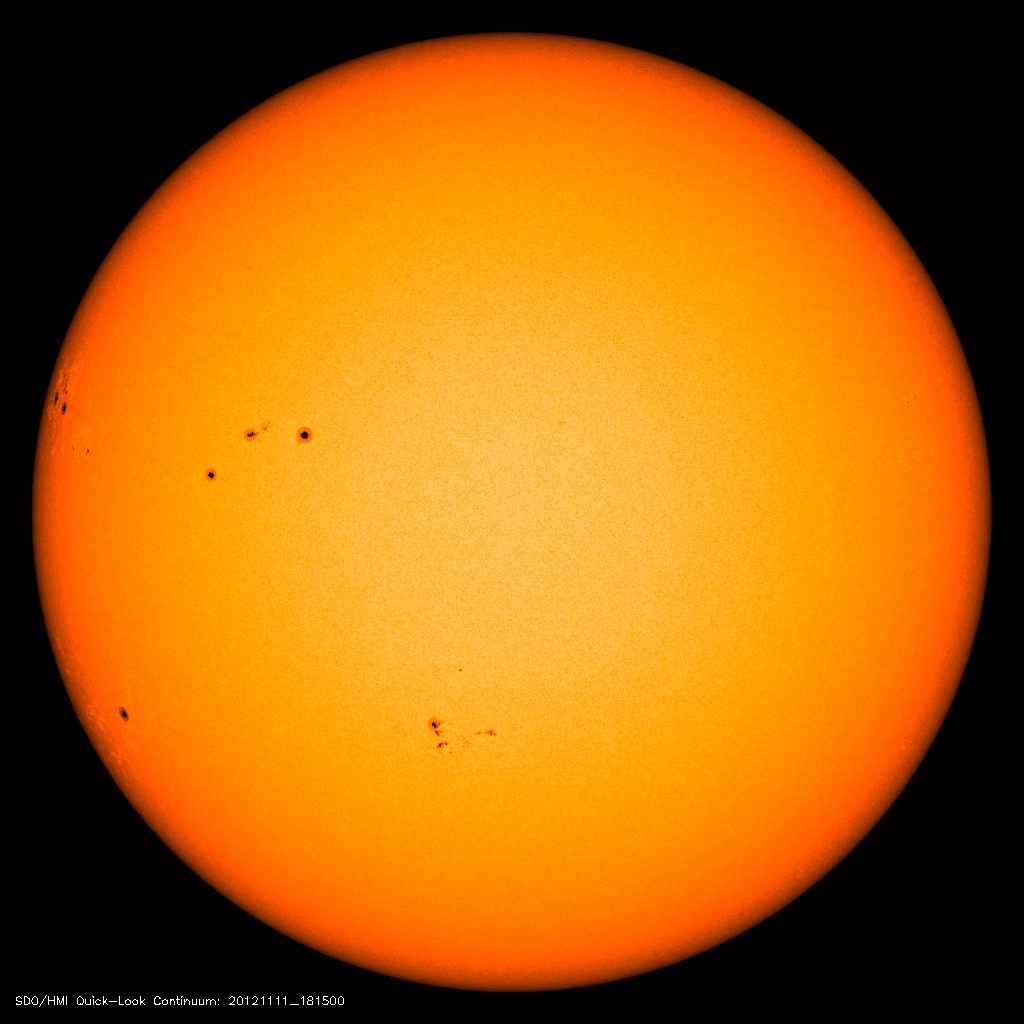
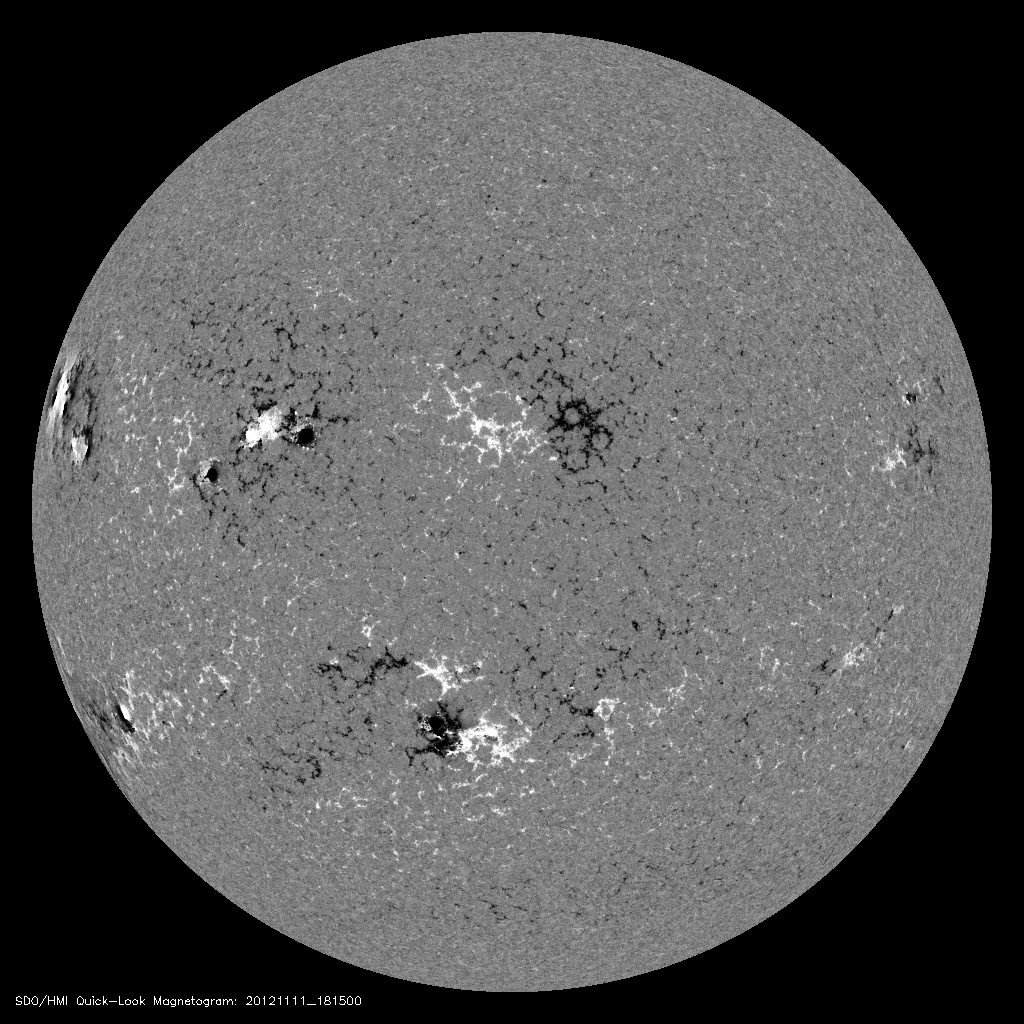
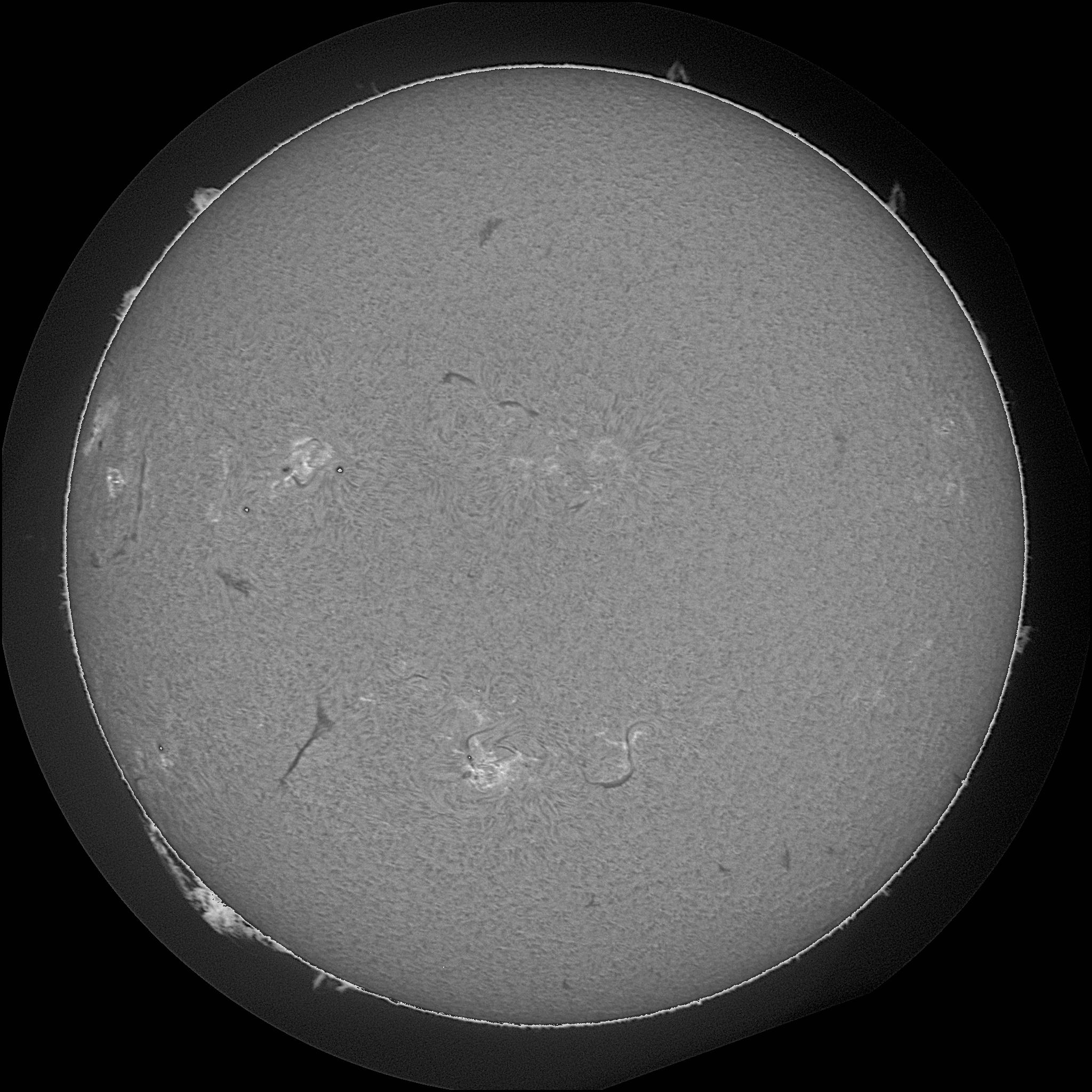
Region
Reports
Notes
MM#009 Default HESSI Target
The target region, now numbered NOAA 1614, was the source of 2 C-class events since the last message. NOAA regions 1610 and 1613 also produced C-class events. 1614 is mostly unchanged maintaining a D-type/beta sunspot group. It is currently the brightest plage on the visible disk. Another C-class event is possible with a slight chance of a low-level M-class event in the next 24 hour period.
The position of NOAA 1614 on November 12 at 14:00 UT is: N15E64 (Solar X = -842", Solar Y = 228")
Bill Marquette (Helio Research)
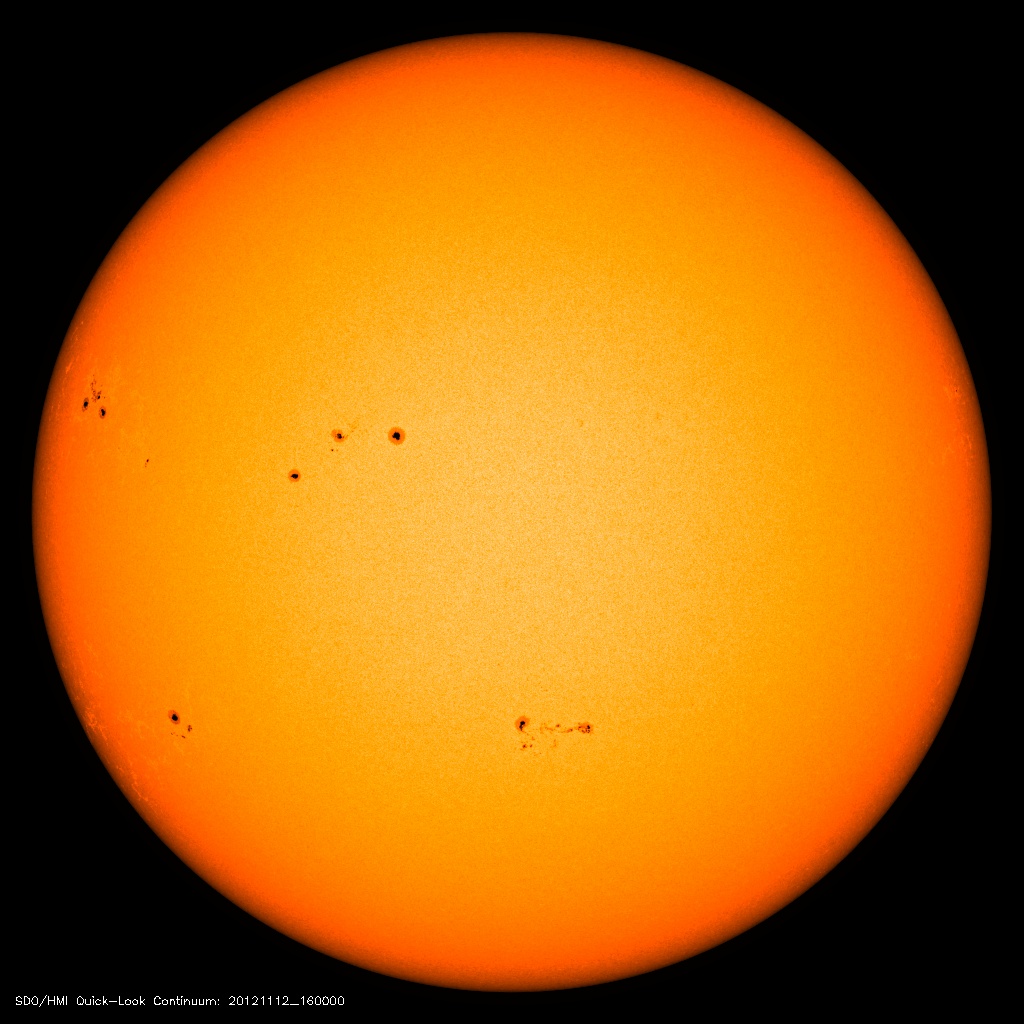
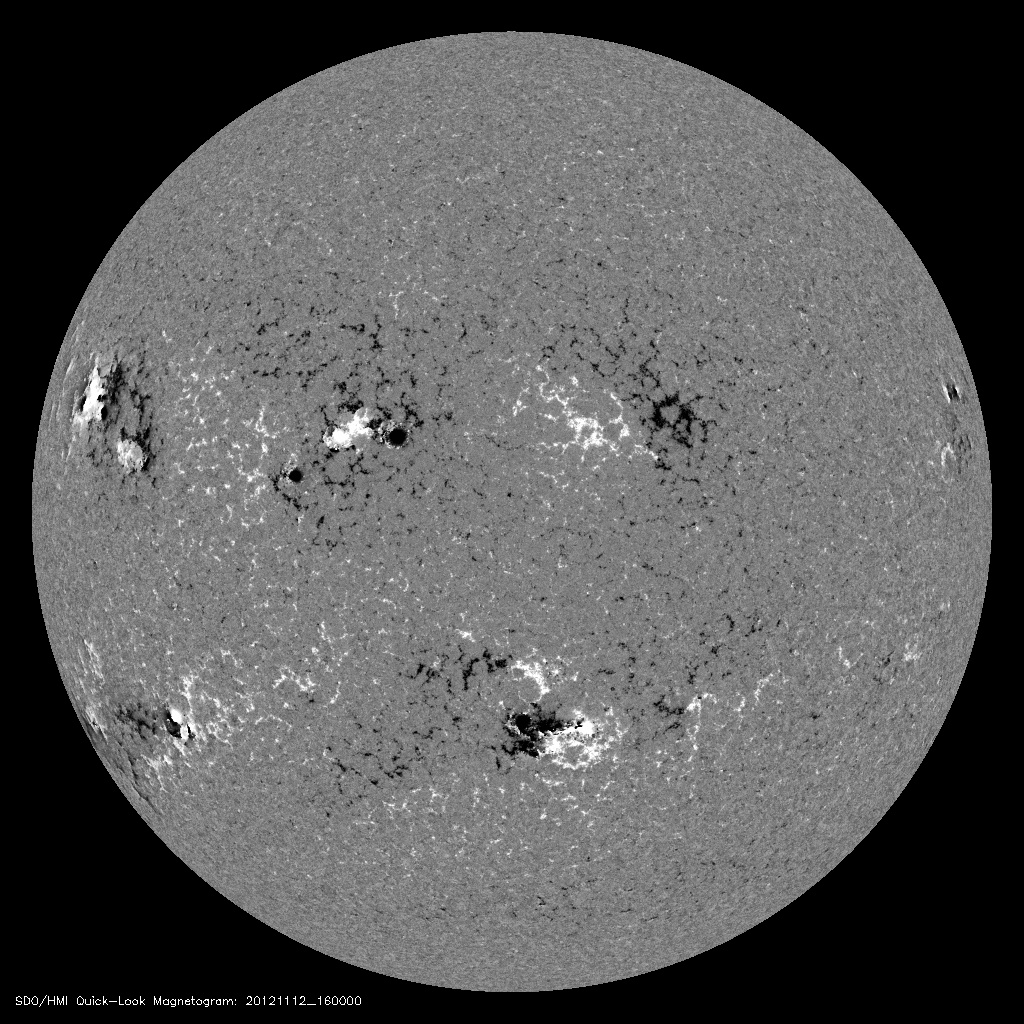
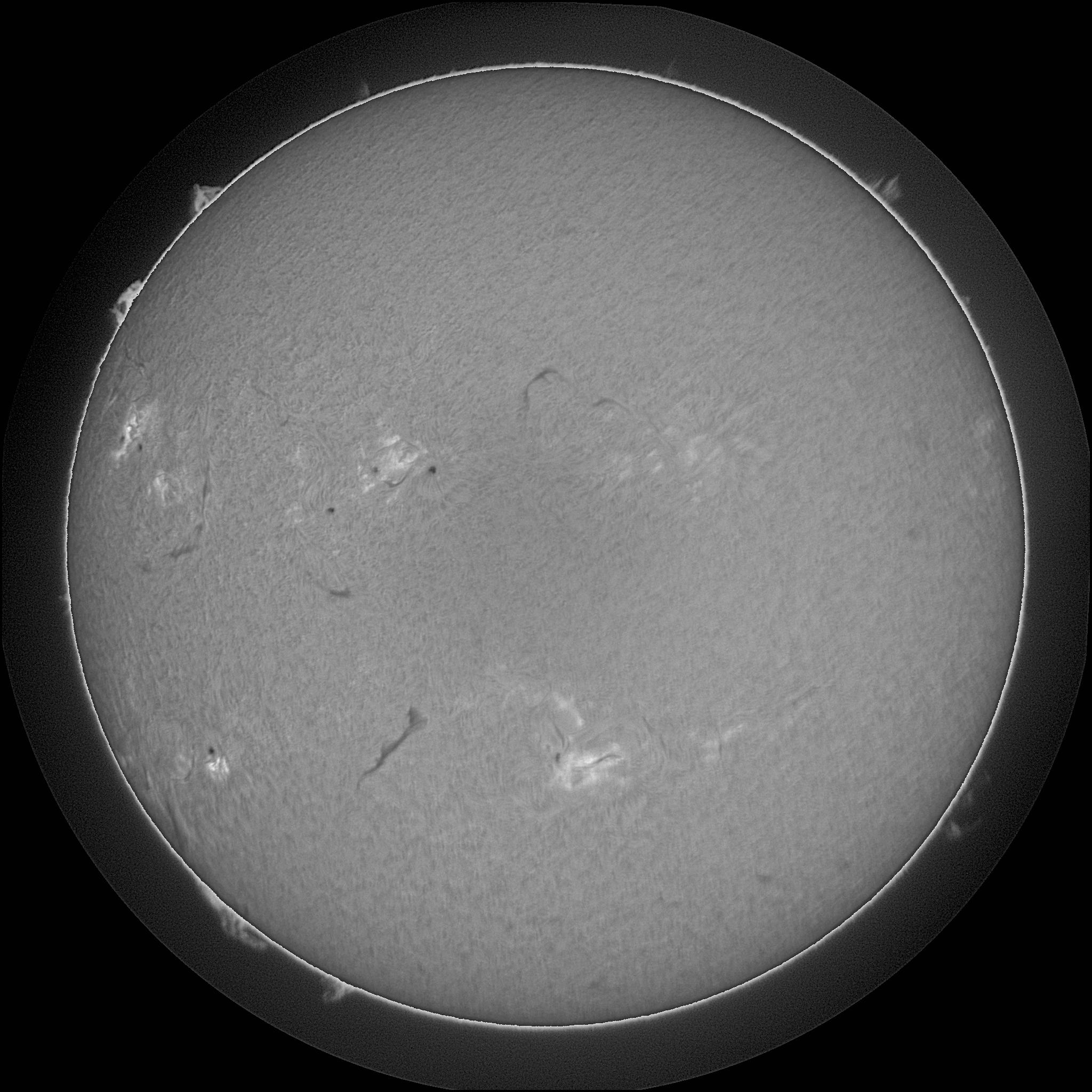
Region
Reports
Notes
MM#003 Major Flare Watch
New flux emerging near old NOAA 1613 has developed rapidly during the past several hours resulting in a complex magnetic delta
configuration. the region was the source of a major M6.0 event at 11/13/02:04 UT. At this time we are implementing Max Millennium coordinated observing plan #003 (Region Likely To Produce A Major Flare). Another event =/>M5 is possible in the next 24 to 48 hours.
The position of NOAA 1613 on November 13 at 02:00 UT is: S22E42 (Solar X = -603", Solar Y = -399")
Bill Marquette (Helio Research)
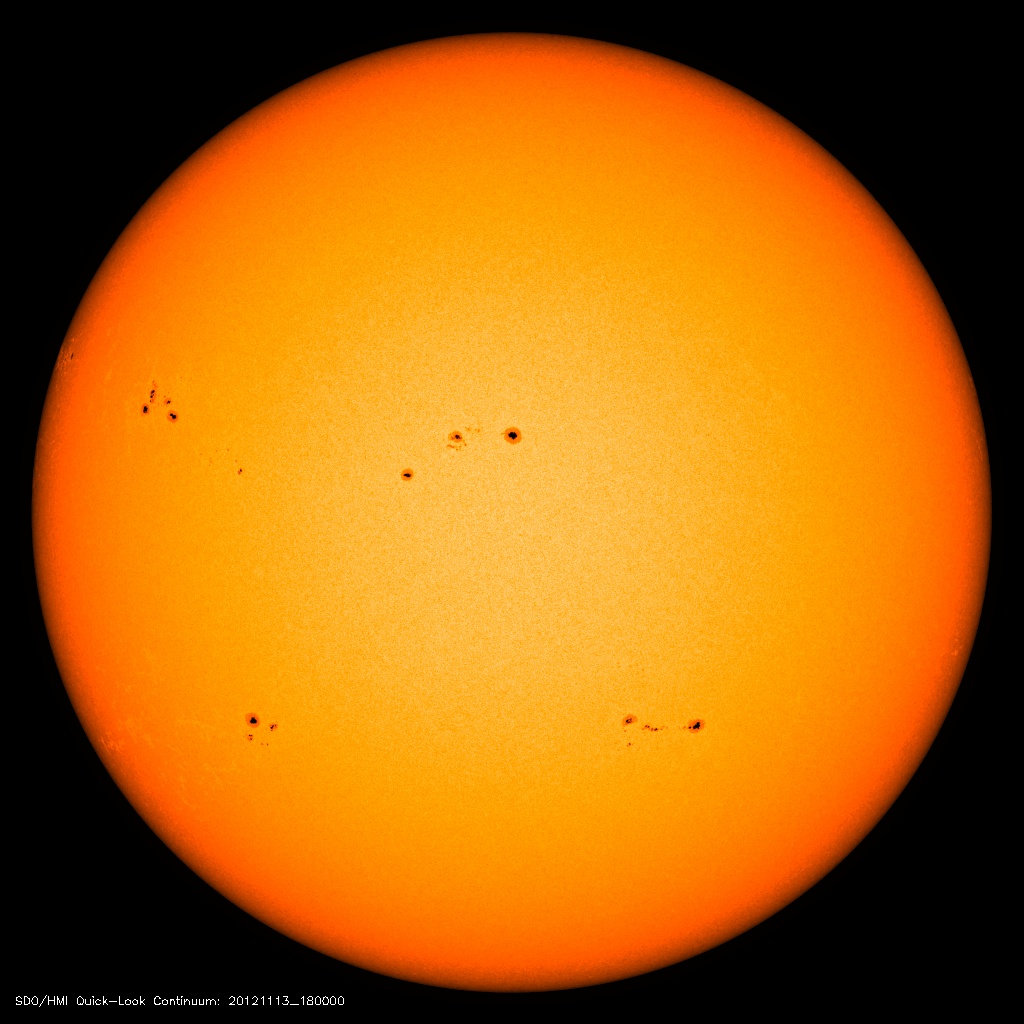
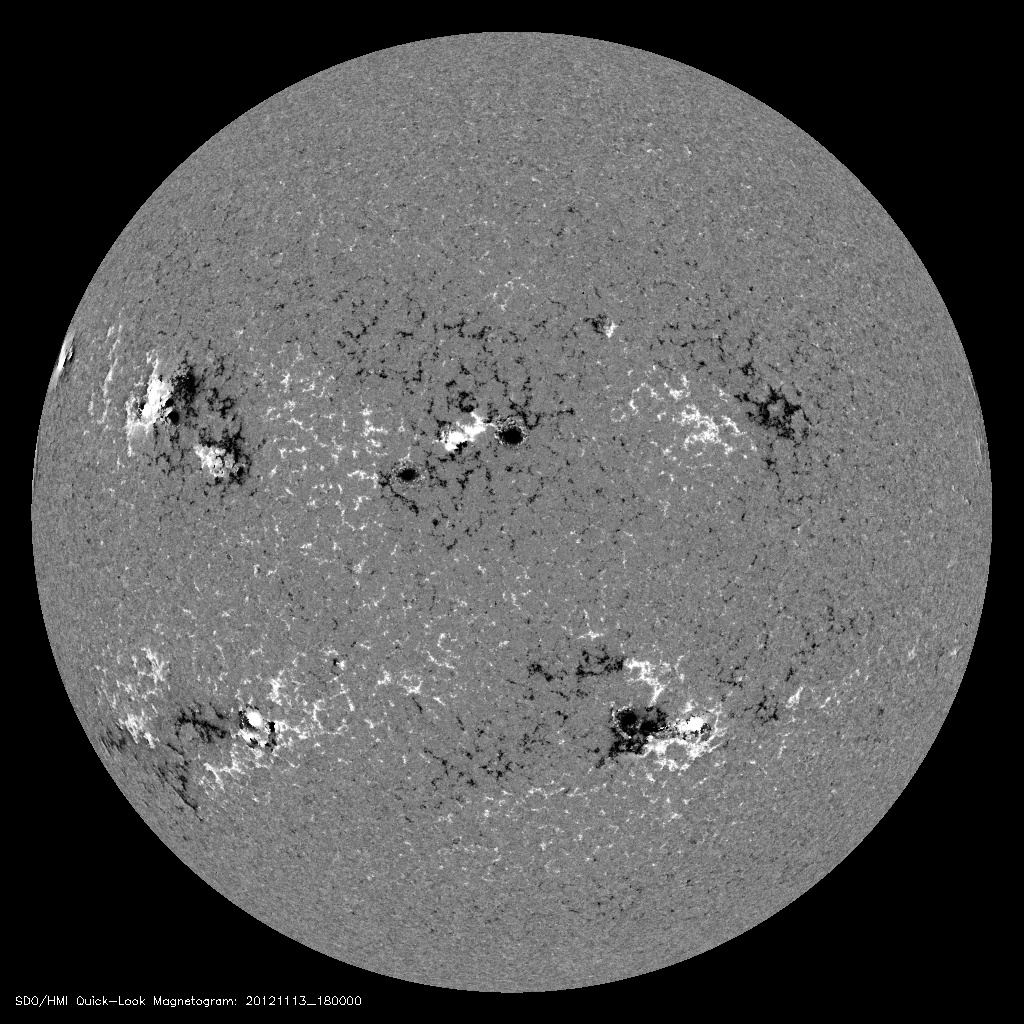
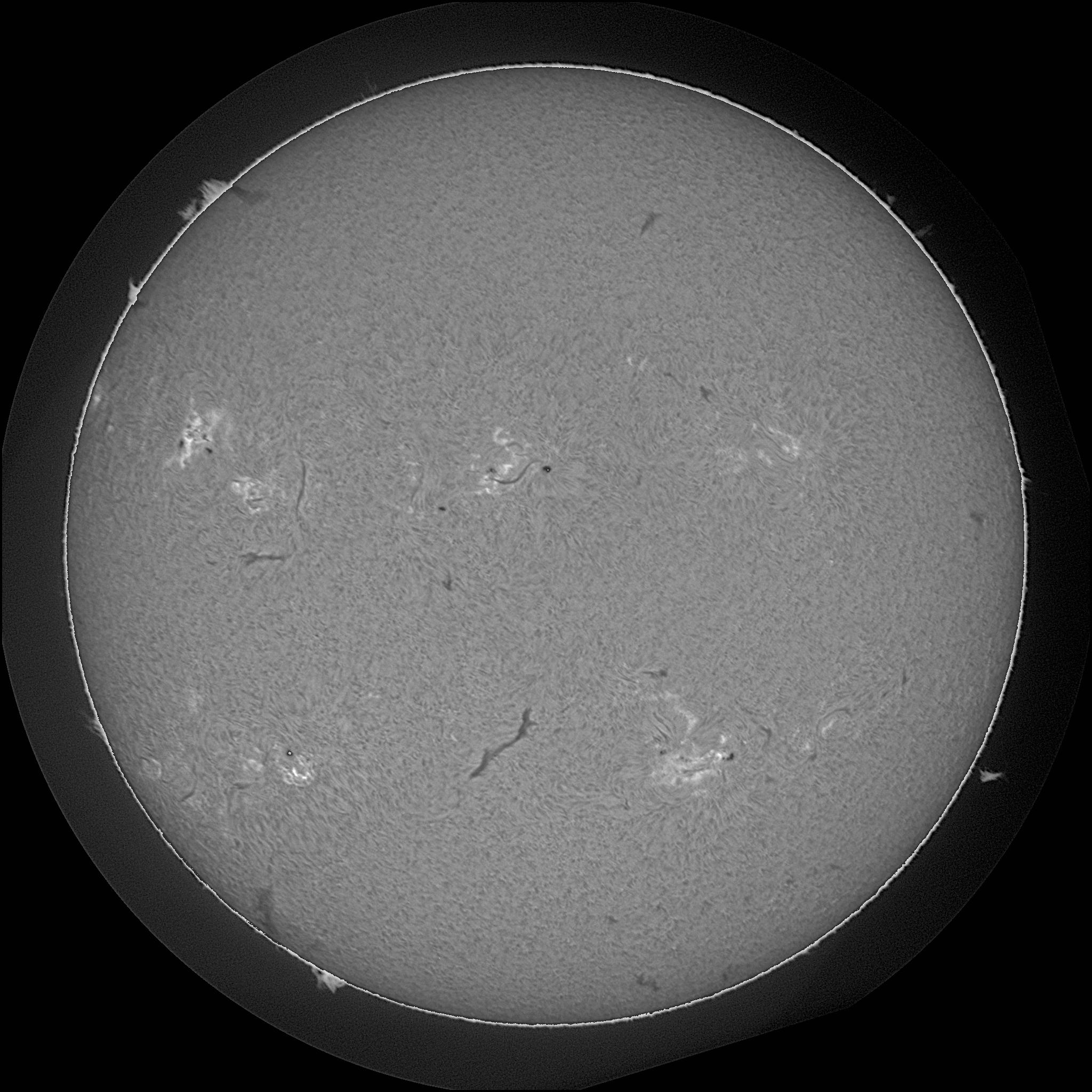
Region
Reports
Notes
Date: Tue, 13 Nov 2012 10:39:35 -0800
MM#003 Major Flare Watch
Dear RHESSI Collaborators,
Target region NOAA 1613 has decayed somewhat since the last
message but is still maintaining a D-type sunspot group with a beta-gamma-delta magnetic configuration. 1613 produced an M2.5 event today at 05:48 UT. Another M-class event is possible with the chance of another major event =/>M5 in the next 24 hour period.
We will continue the Major Flare Watch for another day. Two other noteworthy regions are NOAA 1614 (N17E50) that has emerging
flux within its trailing portion and a new bright region located just
beyond the northeastern limb at approximately N17. These regions
have the potential to produce C-class activity with a chance
of an M-class event.
The position of NOAA 1613 on November 13 at 14:00 UT is:
S22E35 (Solar X = -517", Solar Y = -402")
Bill Marquette (Helio Research)
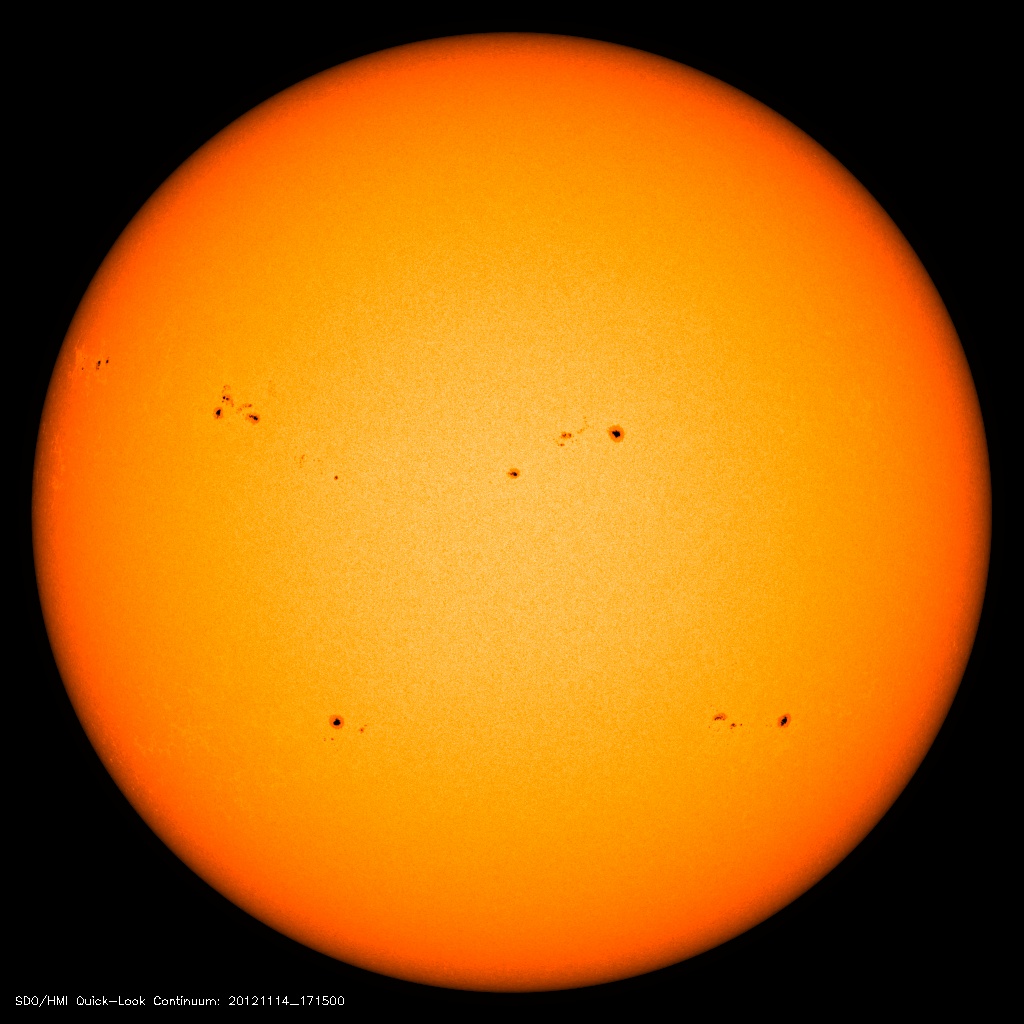
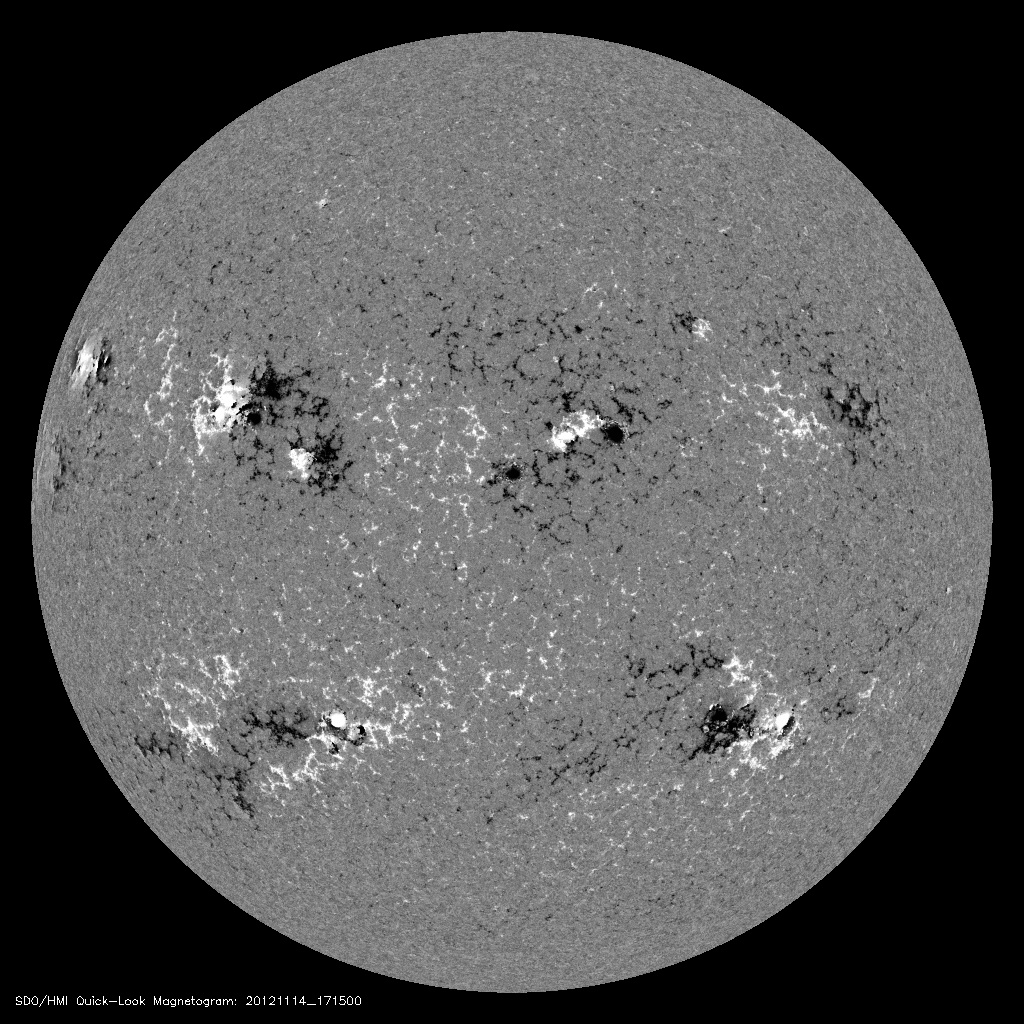
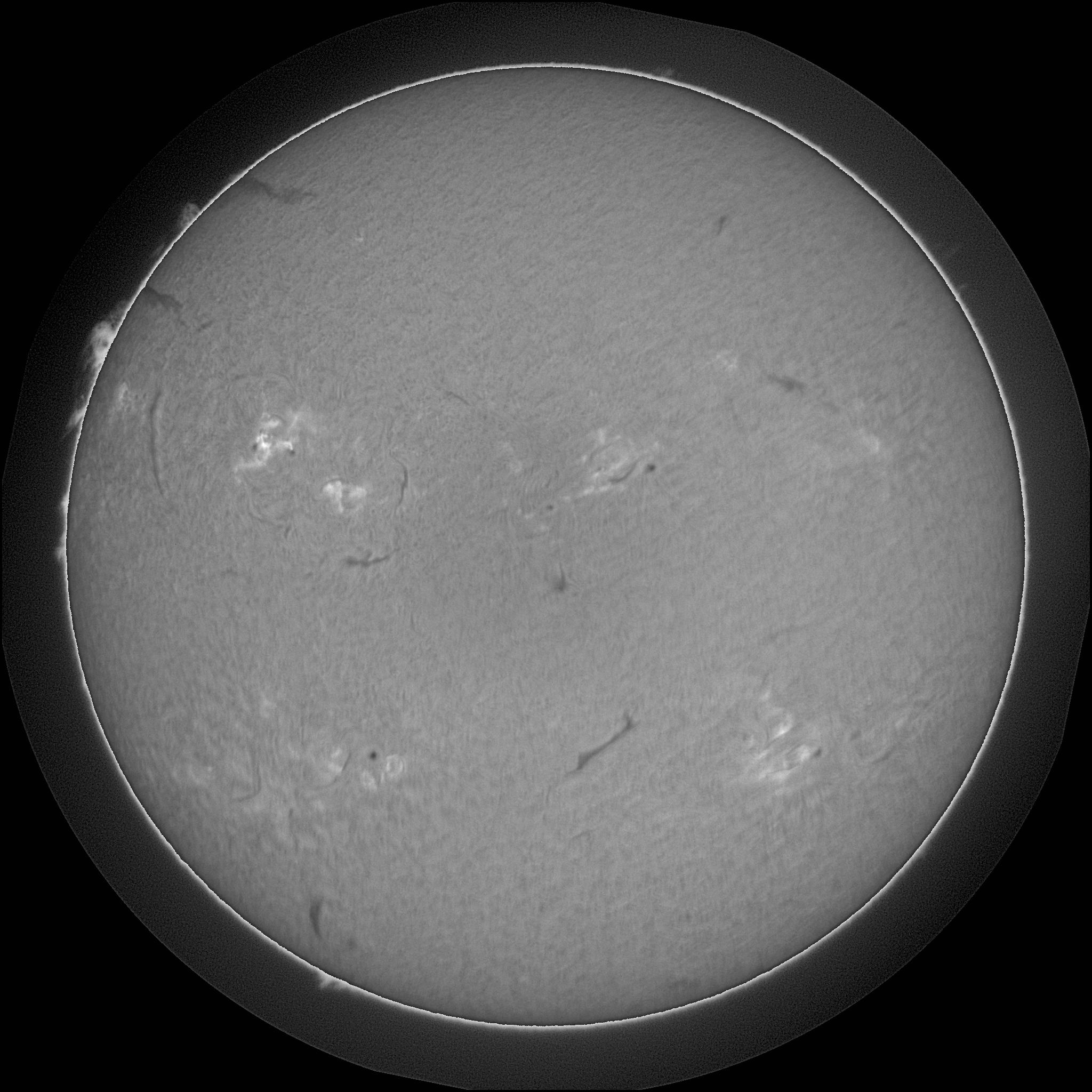
Region
Reports
Notes
MM#009 Default HESSI Target
NOAA 1613 has decayed significantly in the past 24 hours but is still maintaining a D-type sunspot group with a very weak delta configuration that is rapidly decaying. We'll watch it for at least one more day. 1613 was the source of two low-level M-class events since the last message. The largest M-class was an M2.8 at 11/13/20:54 UT. NOAA 1614, N16E37, currently a D-type/beta region, produced a C4.3 event at 11/14/13:45. C-class events probable from 1613 and 1614 in the next 24 hour period.
The position of NOAA 1613 on November 14 at 14:00 UT is: S23E23 (Solar X = -350", Solar Y = -412")
Bill Marquette (Helio Research)